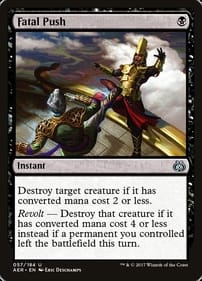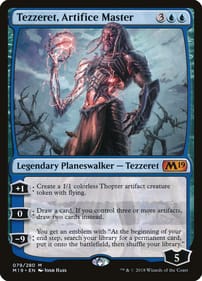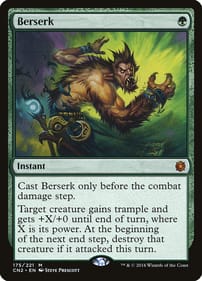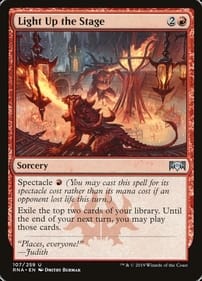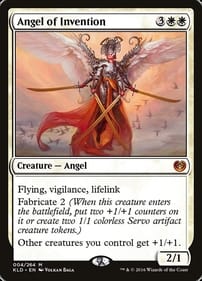Why Didn’t Comics Version of Indiana Jones Set The World On Fire?
By Dan Brown All readers want from comics, I’ve said before, is compelling characters in interesting situations. Well, Indiana Jones – featured in the Dial of Destiny, which is in theatres now – is certainly a compelling character as played by Harrison Ford. And the makers of the Indy films have certainly been able to place him in some interesting (and deadly) situations. So how come the daring archeologist has never been able to sustain a comic title for long? I’m not saying Jones is a total washout as the headliner of a monthly series, but compared to adjacent properties, like Star Wars, he’s only been a blip in the grand sweep of comics history. Inspired by the success of 1981’s Raiders of the Lost Ark, It’s true Marvel Comics did publish more than 30 issues of The Further Adventures of Indiana Jones starting in 1983. Remember, those were the days when there wasn’t a property Marvel didn’t try to plunder. The gang from the bullpen attempted to cash in on every new fad, trend, craze and sensation that came along. How ridiculous did it get? This was the era when even the rock band KISS ended up in the pages of Marvel Comics. That’s right – for a brief moment, Gene Simmons was a Marvel protagonist, along with Spider-Man, the Hulk, Wolverine and the rest. I’m guessing an Indy comic seemed like a no-brainer. As it turned out, that first series would pale beside the Star Wars monthly, which ran 107 issues from 1977 to 1986 and is credited by some with keeping the House of Ideas afloat during lean economic times. And those Star Wars comics were . . . fine. They weren’t the worst stories in the world, although I would argue Russ Manning was doing far more interesting things in the same universe in the pages of daily newspapers with the Star Wars comic strip. And Marvel certainly invested in the venture, attaching talents like Howard Chaykin, Walt Simonson and John Byrne to bring Jones to life on the page. Yet the Further Adventures of Indiana Jones fizzled even before the original Indy trilogy wrapped up in 1989 with the Last Crusade. Here’s another comparison: Conan, Robert E. Howard’s pulp barbarian character, was also a Marvel Comics property during roughly the same period, and has been in the hands of one publishing house or another for decades since. Who knows how many Conan comic adaptations there have been to date? It’s also true Dark Horse Comics licenced Indiana Jones and his bullwhip in the 1990s for several more adventures. But those stories are only half-remembered now, if at all. So despite his enduring appeal on the big screen, why was Indy a comparative dud in comics form? I don’t have an all-encompassing answer, but the fact is some properties just don’t translate to other media. Some books don’t make good TV shows. Some movies don’t make good comics. Very few plays make for interesting films. (This is where I should also note that the Young Indiana Jones Chronicles, the network version of the character, barely lasted two seasons on ABC, so there may be something about the archeologist that just doesn’t work in other media.) Or perhaps it’s because the Indy films are the end product of pop culture, not the beginning. What I mean is, it was newspaper strips and adventure comics, along with silver-screen serials, that moved George Lucas and Steve Spielberg to come up with Indy in the first place. And maybe it just ends there: Dr. Jones was intended to be a creature of the big screen, so he is doomed never to transcend its limits. Dan Brown has covered pop culture for 30 years as a journalist and also moderates L.A. Mood’s monthly graphic-novel group.
Upcoming Omnibus Volumes Feature Comics from Marvel’s Michael Golden Age
By Dan Brown There’s a whole lotta classic Michael Golden art coming down the pipeline. I invite young comic fans who missed out on Golden’s most-celebrated work in the 1980s to check out two omnibus editions set to debut early next year. They feature reprinted issues from two series that kicked off in 1979 – ROM: Spaceknight and The Micronauts – then ran into the mid-1980s. If you want to understand why fiftysomething dudes like me always seem to be bellyaching about how comics reached perfection when we were kids, these books are Exhibit A. In my memory, Golden’s pencils leapt off the page with undeniable power and expressiveness. He could take obscure Marvel comic characters and make them memorable. He could make alien landscapes seem truly otherworldly, as few pencillers – think George Perez and Jack Kirby – did. Golden was never the interior artist on ROM, but he did contribute a series of amazing front covers in the title’s early going. A toy tie-in with Hasbro, ROM followed the exploits of a galactic do-gooder who comes to Earth to dispatch the evil Dire Wraiths. Having those shape-shifters as foes imbued the series with a vibe straight out of Invasion of the Body Snatchers. Of course, the ironic part is how another race of Marvel shape-shifters, the Skrulls, had already been trying to take over the planet, so the Wraiths were kind of redundant. I especially love the cover of issue 11, which shows the silver spaceknight ripping the wing from an F-16 in mid-air as a squad of the planes swarms him. Golden’s art had started to make an impression on me earlier in 1979 with the Micronauts. I was 11 years old. He illustrated the first 12 issues of that title, also designed to push the toy line of the same name, and I now view his pencils on the book as one of the great runs in comic history, in the same category as Perez’s time on New Teen Titans and John Byrne’s pencils for the Uncanny X-Men. The cover of each issue blared “They came from inner space” and the action took place on a sub-microscopic scale; what in our world are tiny molecules, were planet-sized in the Microverse. It’s true the premise wasn’t bursting with originality: A band of plucky rebels, including two robots, fights to free a galaxy in the iron grip of a villain clad in black armour. But Golden’s art elevated the material. Especially moving was issue 10, in which the warrior Acroyear race – as well as the conscious homeworld they inhabit, Spartak – repulses an army of Baron Karza’s dog soldiers. If the Microverse sounds familiar, it’s because it plays a huge role in the Marvel Cinematic Universe, where it’s known as the Quantum Realm. The biggest mystery to me was why, with the rare exception of standalones like Avengers Annual No. 10 in 1981, Golden wasn’t allowed by Marvel to play with the company’s marquee characters. I guess not every comic creator is destined to go down in history as being as prolific as Kirby. ROM: The Original Marvel Years Omnibus Volume 1 includes the first 29 issues of ROM: Spaceknight, as well as Power Man and Iron Fist No. 73, in which he guest-starred. Micronauts: The Original Marvel Years Omnibus Volume 1 collects the first 29 issues of the series, plus the first two annuals. Both go on sale in January. Dan Brown has covered pop culture for 30 years as a journalist and also moderates L.A. Mood’s monthly graphic-novel group.




